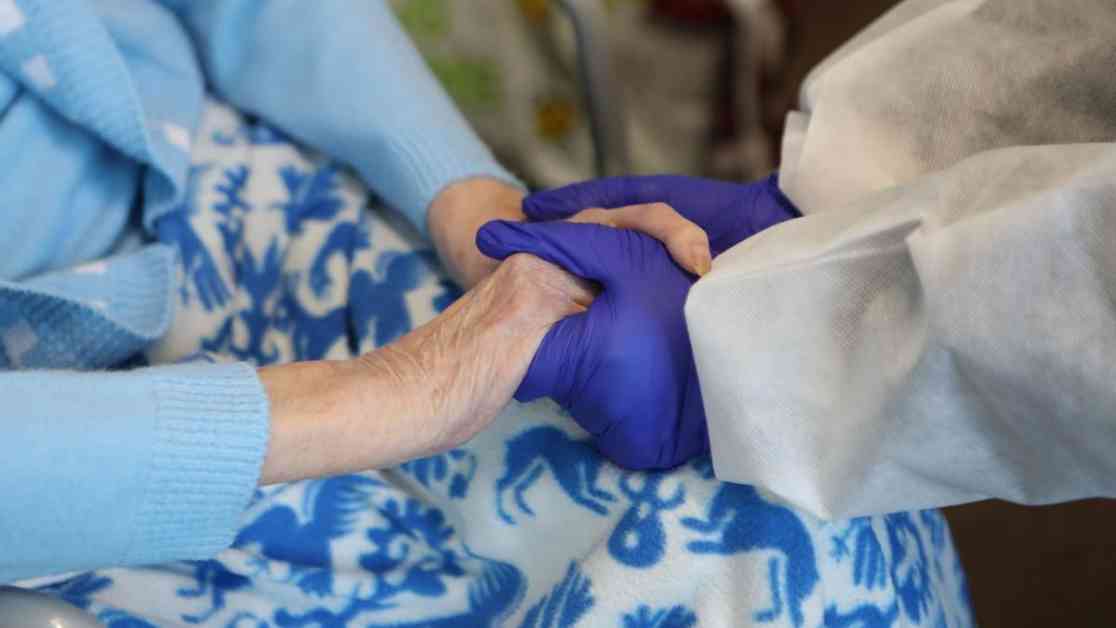Concerns Over Care Home Quality in West Northamptonshire
Nearly 30% of care homes in the West Northamptonshire council area have been deemed to “require improvement” according to recent Care Quality Commission (CQC) figures. Out of the 208 care providers inspected, 29% received this grade, with only one home receiving the lowest rating of “inadequate.” This data was discussed at an adult social care scrutiny meeting of West Northamptonshire Council, where concerns were raised about the accuracy of these gradings and the lengthy wait times between inspections.
Issues with Inspection Frequency
One of the major concerns highlighted during the meeting was the extended period between inspections by the CQC. It was noted that some providers in West Northamptonshire had to wait three years for a re-inspection, longer than neighboring authorities. Stuart Lackenby, the executive director of people services at the council, expressed worry over the delayed inspections, stating that they hinder the public’s ability to make informed decisions when choosing care homes for their loved ones.
Lackenby emphasized the importance of the CQC as the standard for determining quality in care homes, but pointed out that the delayed inspections were creating an inaccurate representation of the providers in the area. He suggested that if the CQC conducted more frequent inspections, West Northamptonshire could potentially have one of the best profiles in the region.
Discrepancies in Ratings
Despite the concerning number of care homes requiring improvement, the council’s own care home inspections team reported only minor concerns and no serious defaults. This raised questions about the alignment of the council’s assessments with the CQC ratings. Kate Terroni, the CQC’s interim chief executive, acknowledged the discrepancies and pledged to increase the number of inspections to provide the public with more up-to-date information on the quality of care homes.
During the meeting, it was revealed that 64% of care homes in West Northamptonshire have received a rating of “good,” while 7% were deemed “outstanding.” These figures suggest that there are high-quality care providers in the area, but the overall picture is clouded by the significant number of homes requiring improvement.
Commitment to Improvement
Terroni reiterated the CQC’s commitment to helping care providers demonstrate improvement and ensuring that the public has access to accurate and timely information about the quality of care homes. By increasing the frequency of inspections, the CQC aims to hold providers accountable for maintaining high standards of care and to help them address any areas in need of improvement.
The West Northamptonshire Council has also expressed a desire to work closely with the CQC to address the issues raised during the meeting and to improve the overall quality of care homes in the area. By collaborating with regulatory bodies and implementing more rigorous inspection processes, the council hopes to raise the standards of care and provide a better experience for residents and their families.
In conclusion, while the recent CQC figures may paint a concerning picture of care home quality in West Northamptonshire, efforts are being made to address these issues and ensure that residents receive the high-quality care they deserve. By working together with regulatory bodies and improving inspection processes, the council aims to create a safer and more transparent care environment for all individuals in need of residential care.













